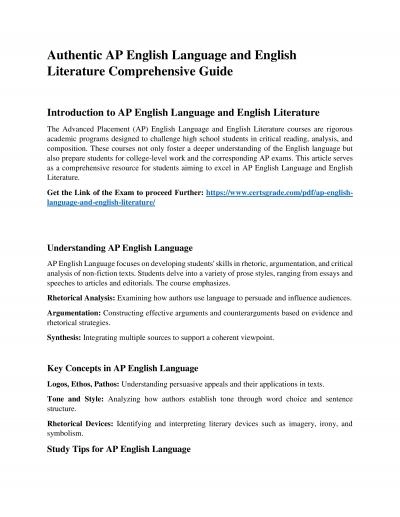PPT-a new future for english
Author : debby-jeon | Published Date : 2018-11-11
learners CABE BoarD June 25 2016 Los angeles California Libi Gil Assistant Deputy SecretaryDirector Office of English Language AcquisitionOELA CONTEXT TWO KEY
Presentation Embed Code
Download Presentation
Download Presentation The PPT/PDF document "a new future for english" is the property of its rightful owner. Permission is granted to download and print the materials on this website for personal, non-commercial use only, and to display it on your personal computer provided you do not modify the materials and that you retain all copyright notices contained in the materials. By downloading content from our website, you accept the terms of this agreement.
a new future for english: Transcript
Download Rules Of Document
"a new future for english"The content belongs to its owner. You may download and print it for personal use, without modification, and keep all copyright notices. By downloading, you agree to these terms.
Related Documents

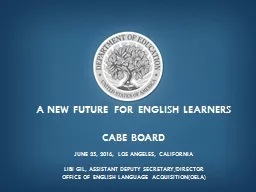


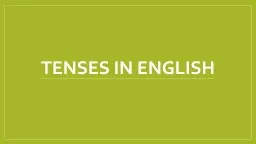


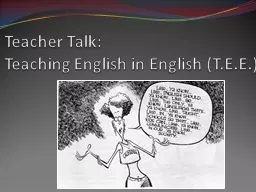
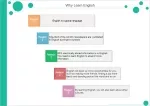
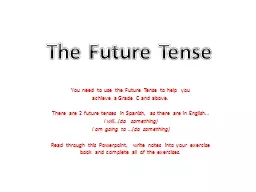



![get [PDF] Download West\'s Spanish English English Spanish Law Dictionary: Translations](https://thumbs.docslides.com/1019677/get-pdf-download-west-s-spanish-english-english-spanish-law-dictionary-translations-of-terms.jpg)
